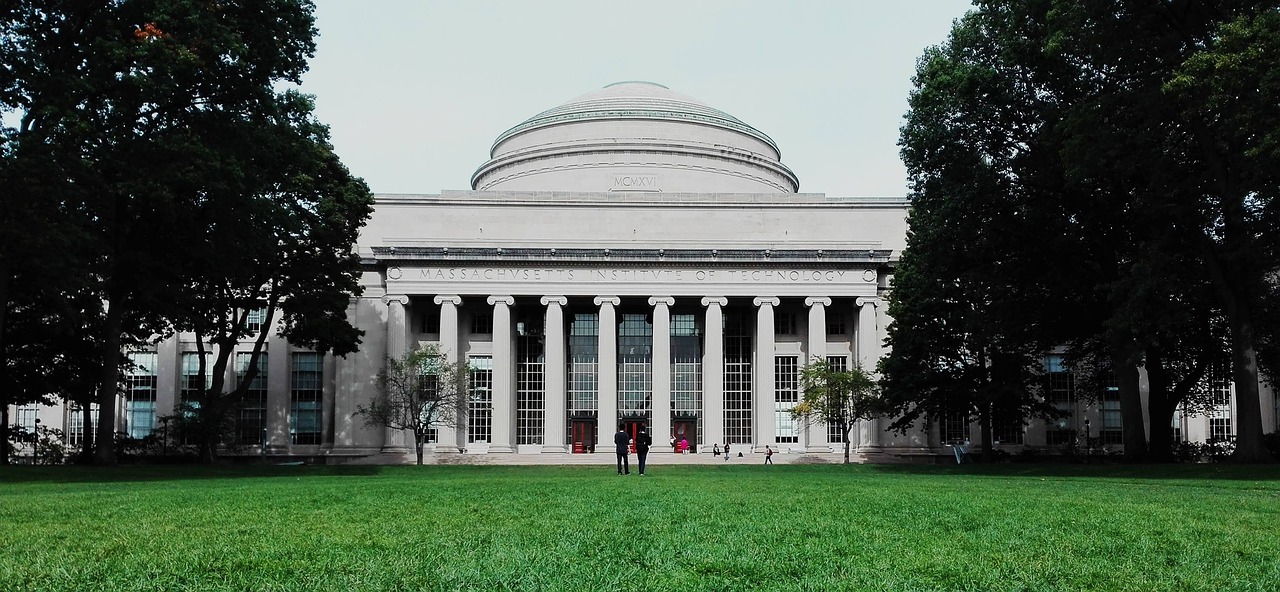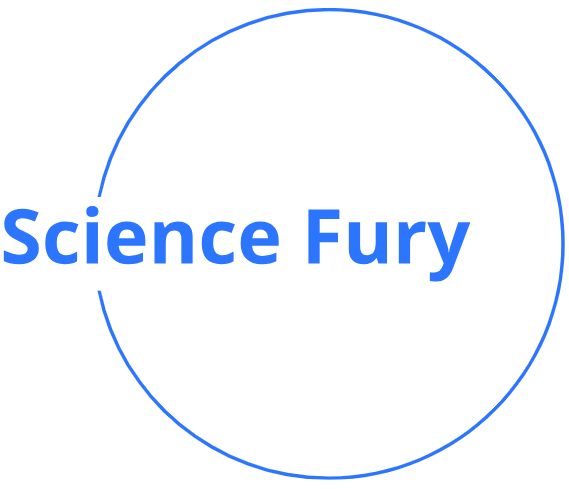
The giant atoms and quantum computers
A quantum computer is a type of computer that uses quantum mechanical phenomena to perform calculations. Unlike classical computers, which use binary digits (bits) to represent information, quantum computers use quantum bits, or qubits, which can exist in multiple states simultaneously. This allows quantum computers to perform certain calculations exponentially faster than classical computers.
Quantum computers are still in the early stages of development and are not yet widely available or commercially viable. One of the major challenges in building a quantum computer is maintaining the fragile quantum state of the qubits, which can easily be disturbed by their environment. To overcome this challenge, quantum computers require specialized cooling and shielding to maintain their stability.
Despite these challenges, quantum computers have the potential to revolutionize computing and solve problems that are currently intractable on classical supercomputers. For example, they could be used to simulate complex chemical reactions or to crack encryption codes that are currently considered secure.
Many companies and research organizations are currently working on developing quantum computers, and there have been several significant breakthroughs in recent years. However, there are still many technical challenges that must be overcome before quantum computers become a practical and widely-used technology.
Engineers from the Massachusetts Institute of Technology have created a new mechanism to improve the quantum information unit (bit) formed for the quantum computing circuit by creating giant atoms.
The bits may be damaged and rapidly decomposed during the transfer of information, prompting the engineering team to build superconducting giant artificial atoms, by combining regular bits with values of multiple atoms.
The most important features of giant atoms are the ease of controlling them and the difficulty of destroying them during normal operations, and they may help in the production of practical quantum computers; According to research published by Nature.
Remote connection
The traditional computing system, 1-0, may communicate well with nearby systems, but its problem is that data may be corrupted when sent over remote systems. While giant atoms have the ability to adjust, to improve the accuracy of data, and prevent it from randomly sending.
Giant atoms technical features
Institute engineers hope that giant atoms will simplify and improve quantum computers. Engineer Bharat Kanan, one of the team members, said in a press statement, “The new technology allows the exploration of a new system of physics that is difficult to reach with ordinary atoms, as the giant atom is completely problem-free and is easy to monitor and understand, based on a relatively simple technique that can be used in more Of applications without significant additional costs. ”
Andreas Wallraff, professor of solid-state physics at ETH Zurich, says the research “investigates a piece of quantum physics that is hard or even impossible to fathom for microscopic objects such as electrons or atoms, but that can be studied with macroscopic engineered superconducting quantum circuits. With these circuits, using a clever trick, they are able both to protect their giant atom from decay and simultaneously to allow for coupling two of them coherently. This is very nice work exploring waveguide quantum electrodynamics.”
Rydberg atoms
Rydberg atoms, are unique because they have an extremely large principal quantum number, which describes the size of an electron’s orbit around the nucleus. The principal quantum number of a typical atom is in the range of 1 to 7, but the principal quantum number of a Rydberg atom can be in the range of several hundreds or even thousands.
As a result of their large size, Rydberg atoms have unique properties. For example, they can have a very long lifetime and can interact strongly with other atoms and molecules, making them useful for studying quantum mechanics and developing new technologies such as quantum computing.
Another interesting property of Rydberg atoms is their ability to exhibit a phenomenon called “quantum jumps.” This refers to the sudden transition of an electron from one energy level to another, which emits or absorbs a photon of a specific frequency. These jumps can be observed in the form of discrete spectral lines in the emitted or absorbed light, providing important insights into the energy levels and electronic structure of the atom.
Overall, the unique properties of giant atoms make them fascinating objects of study in the field of quantum physics, and they have the potential to lead to new advances in technology and fundamental understanding of the universe.
Rydberg atoms have the potential to improve computer performance by enabling the development of quantum computers.
Quantum computers use quantum bits (qubits) instead of classical bits to perform computations. Unlike classical bits, which can only have two values (0 or 1), qubits can exist in a superposition of states, allowing for much more powerful and efficient computing.
One approach to building a quantum computer is to use trapped Rydberg atoms as qubits. Rydberg atoms have long lifetimes and strong interactions with each other, which are desirable properties for implementing quantum logic gates – the basic building blocks of quantum circuits. Additionally, the large size of Rydberg atoms means that they are less susceptible to decoherence (loss of coherence due to interactions with the environment), which is a major challenge in building a practical quantum computer.
Several research groups are currently working on developing Rydberg-based quantum computers, and while this technology is still in its early stages, it holds great promise for improving computer performance and solving problems that are intractable for classical computers.
The Massachusetts Institute of Technology (MIT)

The Massachusetts Institute of Technology (MIT) is a private research university located in Cambridge, Massachusetts, USA. Founded in 1861, it is known for its strong focus on science, engineering, and technology, as well as its cutting-edge research in a wide range of fields.
MIT is consistently ranked as one of the top universities in the world, with notable alumni including 93 Nobel laureates, 26 Turing Award winners, and eight Fields Medalists. The university is organized into five schools: Architecture and Planning, Engineering, Humanities, Arts, and Social Sciences, Management, and Science.
Some of the most notable research areas at MIT include artificial intelligence, quantum computing, robotics, biotechnology, and materials science. The university is also known for its entrepreneurship programs, with many successful startup companies having been founded by MIT alumni and faculty.
Overall, MIT is considered one of the most prestigious universities in the world and a leading institution in scientific and technological innovation.
The Massachusetts Institute of Technology (MIT) has been conducting extensive research on quantum computing for several years. Some of their notable contributions in this area include:
- The development of a new quantum algorithm that can simulate complex quantum systems much more efficiently than classical computers.
- The creation of a new type of qubit (quantum bit) that is more stable and easier to control than previous designs, which could help pave the way for practical quantum computers.
- The demonstration of a new technique for measuring the entanglement of quantum states, which could be useful for verifying the performance of quantum computers.
Overall, MIT’s research in quantum computing has helped advance the field and could lead to new breakthroughs in the future.
MIT has a Quantum Information and Integrated Nanosystems group, which is focused on developing quantum computing hardware and software. One of their recent breakthroughs involved the creation of a new type of qubit made from a single photon, which has the potential to be much more scalable than previous designs.
In addition to hardware development, MIT researchers are also working on new quantum algorithms and protocols for quantum communication and cryptography. For example, they have developed a new quantum key distribution scheme that is highly secure and efficient, and they have also explored the potential of using quantum annealing for optimization problems.
Overall, MIT is one of the leading institutions in the world for research in quantum computing, and their work has the potential to revolutionize fields such as cryptography, drug discovery, and materials science.

Comments are closed.